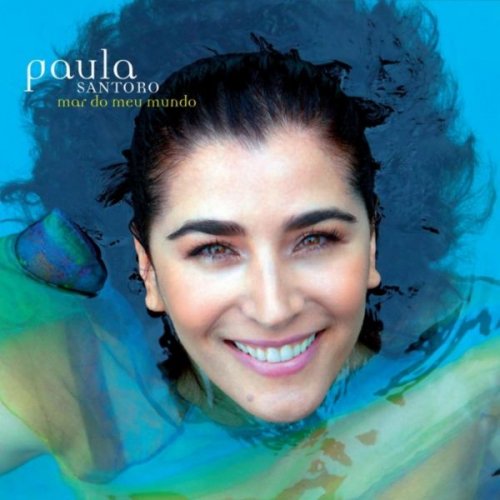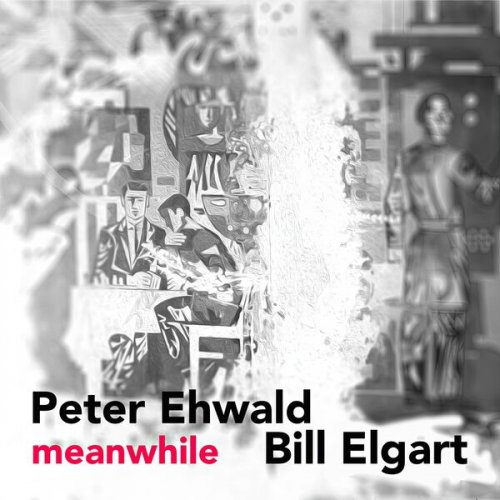Danny Elfman - Dick Tracy (Original Score) (1990)
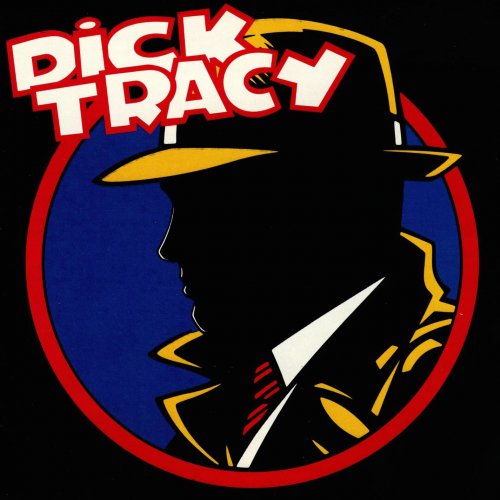
Artist: Danny Elfman
Title: Dick Tracy (Original Score)
Year Of Release: 1990
Label: Sire - Warner Records
Genre: Soundtrack; Jazz; Easy Listening
Quality: FLAC (tracks)
Total Time: 34:51
Total Size: 156 MB
WebSite: Album Preview
Original Review by Jonathan BroxtonTitle: Dick Tracy (Original Score)
Year Of Release: 1990
Label: Sire - Warner Records
Genre: Soundtrack; Jazz; Easy Listening
Quality: FLAC (tracks)
Total Time: 34:51
Total Size: 156 MB
WebSite: Album Preview
One of the earliest comic strips ever created was Chester Gould’s Dick Tracy, which debuted in the Detroit Mirror in 1931, and subsequently gained immense popularity through syndication in newspapers in Chicago, New York, and elsewhere. It’s a crime story following the adventures of the titular hard-boiled detective, an Elliot Ness-style lawman taking on various gangsters and villains in the New York underworld, clad in his iconic yellow trench coat. There were several Dick Tracy movies made in the late 1930s and early 1940s, usually with Morgan Conway in the lead role, but the character was curiously ignored for more than 45 years until he was brought back in 1990 by director Warren Beatty, who played the title role himself. The plot saw Tracy locking horns with the vicious gangster Big Boy Caprice (Al Pacino), who Tracy had been investigating for years. When a young street urchin known only as ‘the Kid’ (Charlie Korsmo) witnesses Caprice committing a murder, Tracy takes the boy under his wing, both to protect him from retribution, and also to groom him as a potential protégé. Meanwhile, the seductive nightclub singer Breathless Mahoney (Madonna) also emerges as a witness to Caprice’s crimes, but her involvement in the case threatens to disrupt Tracy’s relationship with his long-term girlfriend Tess Trueheart (Glenne Headly). After all, sooner or later, she always gets her man…
Beatty’s film was a box office success and received a great deal of critical acclaim. It was especially praised for its visual style, which used a strong and bold primary color palette, and stunning art deco architecture, to maintain consistency with the look of Gould’s original style. The film also buried many of its supporting actors in intentionally outlandish prosthetic makeup, mirroring the enormous noses and protruding chins and flat-top skulls that Gould gave to his rogue’s gallery of villains; well-known actors like Pacino, Dustin Hoffman, Mandy Patinkin, and James Caan were rendered nearly un-recognizable under all the silicone and rubber. It eventually won Oscars for its Makeup and its Art Direction, and was nominated for several others, including Cinematography, Costumes, Sound, and for Pacino as Supporting Actor.
The music of Dick Tracy originated from two very different sources. Several original songs would be needed for Breathless Mahoney to perform during the nightclub sequences, and for those Beatty turned to legendary Broadway composer Stephen Sondheim. He eventually wrote five original songs for the soundtrack in a sultry 1930s jazz style and won his only Academy Award to date for one of them, “Sooner or Later (I Always Get My Man)”. More on that later. For the score, Beatty secured the efforts of Danny Elfman, who was still very much a composer on the rise at the time, following his work on the Pee-Wee movies, Beetlejuice, and Batman, which he had written the year before. It was the second of four movies Elfman scored in 1990 (the others being Nightbreed, Darkman, and Edward Scissorhands), and was one of the scores which proved that the powerful Gothic darkness of Batman was not a flash-in-the-pan, and was instead the beginning of a new career that would last decades. There is actually a great deal in common between Dick Tracy and Batman in musical terms, and I’m not just talking about the fact that Shirley Walker returned to be his orchestrator. It’s clear that Elfman saw commonalities between the two crimefighters and the cities they inhabit, and that transferred into the score. Elfman’s music for Dick Tracy has the same sense of powerful intensity as his theme for Batman, and his action music has the same restlessness and constant movement. Where Dick Tracy differs, however, is in its many nods to 1930s jazz, especially the music of composers like George Gershwin.
There are three major themes running through the score – one for Tracy, one for his paramour Tess Trueheart, and one for the sexy but treacherous Breathless Mahoney. Two of them are introduced in the “Main Titles,” beginning with Tracy’s Theme, which is a punchy, dramatic, intense march for staccato brass that perfectly captures the no-nonsense attitude of the lantern-jawed lawman. The theme initially emerges as a series of short, busy bursts, but gradually coalesces into a recognizable identity which accompanies the character throughout the film, and comes to special fruition during the finale. The second theme in the cue is “Tess’s Theme,” a romantic sweep of Gershwin-style lyricism that swells off the back of prominent rolling pianos and slithering woodwinds. Interestingly, some of those woodwind phrases foreshadow the type of jazz Elfman would write for the Oogie Boogie character in The Nightmare Before Christmas three years later. Further statements of Tess’s Theme appear in the two concert pieces named for her, although interestingly in the “Reprise” Elfman includes an accordion in the instrumentation to give it a slightly different spin.
The third and final prominent theme is “Breathless’ Theme,” the recurring identity for Madonna’s slinky nightclub chanteuse, which is typified by a bank of romantic Golden Age strings with enough heavy tremolo to make Alfred Newman think twice. Its main recapitulation in “Breathless Comes On” is initially a little more hesitant and restrained, but builds to an urgent finale filled with Elfman’s action stylistics and hints of Tracy’s Theme. Interestingly, and perhaps a little disappointingly, there is no real recurring musical identity for Big Boy Caprice, which is odd considering the larger-than-life vibe Al Pacino gave to the character. Perhaps the closest Elfman gets to defining him through music is in the “Crime Spree” cue, which is a wonderfully uninhibited piece of prohibition-era jazz featuring more foreshadowing of Oogie Boogie via clarinets, muted trombones, and percussion, and is a ton of fun.
Action makes up much of the rest of the score, and it’s here that Elfman leans most heavily on the style of writing that served him so well in Batman. Cues such as “After the Kid,” “Big Boys/Bad Boys,” “Meet the Blank,” “The Story Unfolds,” “Blank Gets the Goods,” and “Rooftops” are prototypical Elfman action cues of the era. They each have a rambunctious, bristling style, full of movement and energy, and feature sharply angular brass clusters offset by heavy percussion, shrill strings, swirling woodwinds, and near-subliminal rolling piano lines. Tracy’s Theme is a constant presence throughout, emerging regularly as a 5-note flourish, and there are several clever little moments that particularly pique the interest. I especially like the moment in “The Story Unfolds” where Elfman passes a unique little motif around the orchestra in short, sharp bursts, while later in “Blank Gets The Goods” Elfman cleverly inserts Tess’s Theme into the action via the slithery woodwind texture that underpins her identity.
The more prominent use of pianos and tolling bells adds a new textural dimension to “Rooftops,” giving it the same feeling of operatic grand guignol that “Up the Cathedral” had in Batman. As the score builds to its finale through “The Chase” and “Showdown/Re-United” Elfman makes his statements of Tracy’s theme much more prominent – he is the hero, after all – and allows his orchestra to attain some darkly romantic heights of grandeur. The brass reprise of Breathless’ Theme in “The Chase” is a nice touch, and the way Tess’s Theme plays a much more important role in “Showdown/Re-United” allows her importance to the story to shine through. The dark orchestral textures grow bigger and more emotional, before climaxing in a gorgeous, sweeping statement of Tess’s Theme that is reprised in the “Finale”.
As I mentioned earlier, in addition to the score album, an accompanying song album entitled ‘I’m Breathless – Music From and Inspired By the Motion Picture‘ was also released, combining several of Sondheim’s original songs with new material written by Madonna with her regular collaborators Patrick Leonard and Shep Pettibone. Three of Sondheim’s five songs – “Sooner or Later,” “More,” and “What Can You Lose” – are featured and they are all superb, velvety of tone and smoky of voice, and musically interesting with seductive lyrics and a jazzy 1930s vibe. The Oscar-winning “Sooner or Later” is a wonderful vehicle for Madonna’s timbre, and the chords and phrases are dripping in Sondheim’s personal stylistics. The other Sondheim songs not included on the album, incidentally, are “Live Alone And Like It” which was performed by Mel Tormé, and “Back in Business,” which is different from the song of the same title on Madonna’s album, and is instead performed by Janis Siegel, Cheryl Bentyne, and Lorraine Feather; as far as I know these songs have never been released. All the other songs are Madonna originals and will likely only be of interest to her fans, although “Hanky Panky” is a ton of cheeky fun, and it’s interesting to note that this album was also the original source of her world-wide smash hit “Vogue”.
An expanded version of the Dick Tracy score was released by Intrada Records in 2016, reprising the original score album program and then featuring more than an hour of previously unreleased music, including unedited versions of the 1990 album selections plus a wealth of additional film cues, alternates, and revisions, all re-mixed by engineer Dennis Sands. Fans of the score are likely to find the additions worthwhile, but the somewhat bitty and piecemeal nature of the release always struck me as a little odd, and I have always been satisfied with the original 1990 presentation, which covers enough ground and showcases enough of the score’s highlights to meet my personal needs. Really, the only significant benefit that Intrada’s release has over the original album is the improved sound quality, which even to my non-audiophile ears clearly makes the brass pop and the strings resound.
Thirty years after its release, and despite its brief spot back in the limelight in the weeks after the Intrada album, Dick Tracy remains a curiously overlooked entry in Danny Elfman’s filmography. It perhaps doesn’t help that it was written in that career golden period when he wrote so many of his all-time great scores, and as such tends to be a little overshadowed by Batman and Edward Scissorhands and The Nightmare Before Christmas and the like. It also perhaps doesn’t help that, unlike those other films, and despite its popularity at the time, Dick Tracy the movie has somewhat sunk into obscurity, rendering Elfman’s main theme for the character one of his less well-known efforts. Despite this, I still feel that the score is worthy of exploration. His action writing is a notch below the similar-sounding Batman, but still contains many of the hallmarks that fans of that score enjoy, while his brief forays into George Gershwin-style period jazz are authentic and musically compelling.
Tracklist:
01. Danny Elfman - Main Titles (3:36)
02. Danny Elfman - After the "Kid" (1:45)
03. Danny Elfman - Crime Spree (1:54)
04. Danny Elfman - Breathless' Theme (2:13)
05. Danny Elfman - Big Boy / Bad Boys (2:10)
06. Danny Elfman - Tess' Theme (1:09)
07. Danny Elfman - Slimy D.A. (1:41)
08. Danny Elfman - Breathless Comes On (2:54)
09. Danny Elfman - Meet the Blank (1:43)
10. Danny Elfman - The Story Unfolds (1:59)
11. Danny Elfman - Blank Gets the Goods (2:25)
12. Danny Elfman - Rooftops (2:01)
13. Danny Elfman - Tess' Theme (Reprise) (1:17)
14. Danny Elfman - The Chase (2:57)
15. Danny Elfman - Showdown / Reunited (4:07)
16. Danny Elfman - Finale (1:00)
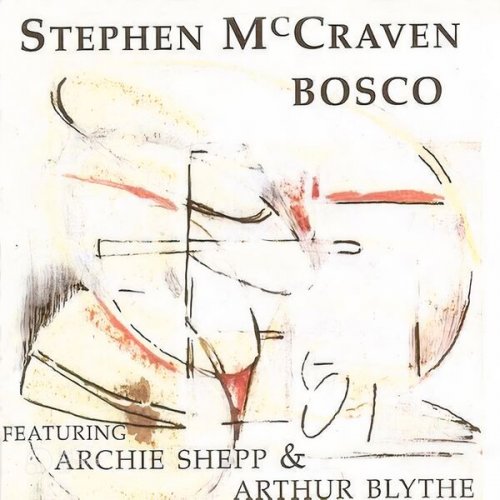
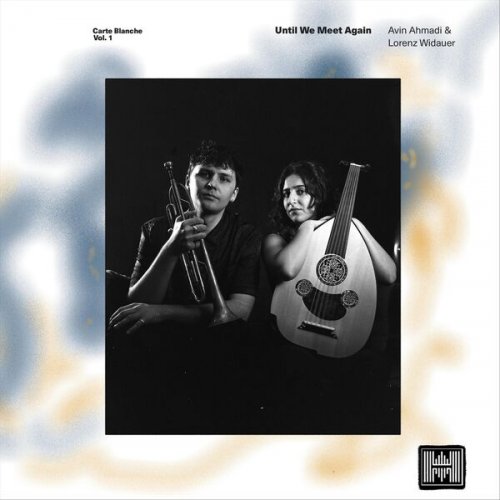

![Nectar Woode - Live at Village Underground (Live At Village Underground) (2025) [Hi-Res] Nectar Woode - Live at Village Underground (Live At Village Underground) (2025) [Hi-Res]](https://img.israbox.com/img/2025-12/15/eiazyx7yigt2lhbv1tcd3eos6.jpg)
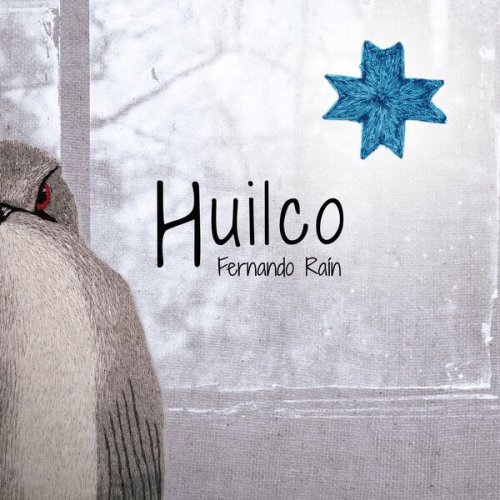
![Tomasz Stanko - Unit (Polish Radio Sessions vol. 2/6) (2025) [Hi-Res] Tomasz Stanko - Unit (Polish Radio Sessions vol. 2/6) (2025) [Hi-Res]](https://www.dibpic.com/uploads/posts/2025-12/1765796826_cover.jpg)
